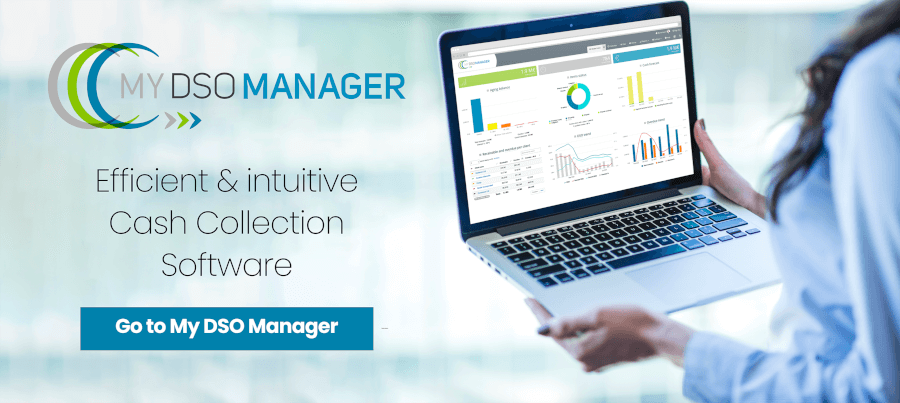If resources are too low in relation to activity, the organization quickly becomes exhausted and cannot maintain this pace. If the resources are mainly external, maintaining the level of activity, and thus the company, depends on third parties.
On the other hand, if the company's internal resources, such as equity capital, are sufficient or even in excess, the level of activity will increase. The company will also be autonomous in its orientation and development choices. Therefore, a good balance with good anchoring is essential for a company to be sustainable and able to develop.
The key balance sheet ratios conclude the previous balance sheet analysis, specifically focusing on its main components: working capital, the working capital requirement, and the resulting cash flow.
- Will the buyer be able to pay its supplier invoices on the contractual due dates?
- Is it solvent?
- Does it have sufficient liquidity to honor its current debts? short-term, medium-term, or long-term?
- What is its probable evolution?
When combined with the income statement analysis, this balance sheet analysis enables determination.
Let's move on to the balance sheet ratios that can help us understand this analysis.
Calculating solvency Ratios
Total liabilities/total equity: This shows the proportion between equities (internal financing) and debts (external financing). The more important the internal financing is, the lower the risk of bankruptcy.
Who really owns the company?
| Shareholders | Equity / (equity + liabilities) = % |
| Bank | Bank loans / (equity + liabilities) = % |
| Creditors (including suppliers) | short term liabilities / (equity + liabilities) = % |
Shows the banking debt level. The lower it is, the less the company is financially dependent on its banks.
The level of banking dependency should not exceed "1," as this indicates excessive dependence.
-

My DSO Manager, the innovative credit management software
Easy to implement, including intuitive and powerful features, My DSO Manager is a digital credit management software used worldwide that allows to manage efficiently Accounts Receivable collection, customer risk, cash forecast, etc.
It helps to improve significantly cash (get paid faster by your customers), profitability (with less bad debts) and customers satisfaction (with quicker disputes resolution).
See more with our online demo.
Calculating liquidity ratios (ability to honor short-term debt)
Cash ratio: accounts receivable + cash and cash equivalents—short-term debts.
This ratio is an excellent indicator of the capacity to refund short-term debts (thus pay its suppliers).
>1 solvency is good. When <1 To ensure payment to its creditors, the company must sell its inventories. Tensions in the Treasury and delays in payments are possible.
Daily Sales Outstanding (DSO): Accounts receivable / gross revenues x 360.
This indicator reveals the quality of accounts receivable management and the company's ability to receive payments from its customers.
If you manage your accounts receivable effectively, you can extend the payment terms up to 60 days, as the French LME law limits them to this maximum. Above 90 days is concerning, especially if its customers are French (payment terms can be longer for foreign customers).
Daily Payable Outstanding (DPO): Accounts payable / cost of goods x 360.
DPO shows payment behavior with suppliers. Watch out! Companies with a high DPO may delay your payment.
This indicator should remain below 90 days.
Inventory turnover days: average inventory / cost of goods sold x 360 days.
This ratio illustrates the duration required to sell the available inventory.
The lower the result (< 20 days), the better the company controls its purchasing processes and WCR. If the result is high (> 30 days), it indicates an increasing WCR, potentially leading to tensions within the Treasury. High inventory levels are unhealthy because they represent an investment with a zero rate of return.
Falsifications in the financial statement
Some companies refuse to publish financial statements that accurately reflect their actual financial situation, instead manipulating their balance sheet to portray a situation that aligns with their preferences. In this way, they try to:- hide financial problems that could worry their partners (customers, bankers, suppliers, shareholders, etc.).
- reduce the net income to avoid paying taxes or to conceal their business margin.
A real example of balance sheet falsification
Accounts Receivable falsification: This assessment demonstrates a seemingly correct financial situation.
P & L K€ Assets K€ Equity & Liabilities K€ Gross revenues 12 625 Fixed assets 413 Equity 895 EBIT 516 Current assets* 5652 Liabilities 5170 Net income 265 *including accounts receivable 4983
If we look closely at the balance sheet, we can see that the DSO is 144 days, which is very high and strange (4983 / 12625 x 365).
What is the explanation?
This company had unpaid invoices totaling 2 million euros, yet they failed to include these bad debts in their balance sheet and income statement, which is a complete misrepresentation.Typically, we would have classified the unpaid invoices as bad debt or written them off, leading to a significant negative impact on the EBIT and net income. This huge loss resulted in a reduction from equities to -1.1 million euros. Therefore, the "fair" financial statements undergo a complete modification, as illustrated below:
P & L K€ Assets K€ Equity and liabilities K€ Gross revenues 12 625 Fixed assets 413 Equity -1105 EBIT -1484 Current assets* 3652 Liabilities 5170 Net income -1735 *including accounts receivable 2983
Current assets are largely lower than short-term debt. The company is unable to repay its debts and goes bankrupt, which happened a few months after the publication of false financial statements.